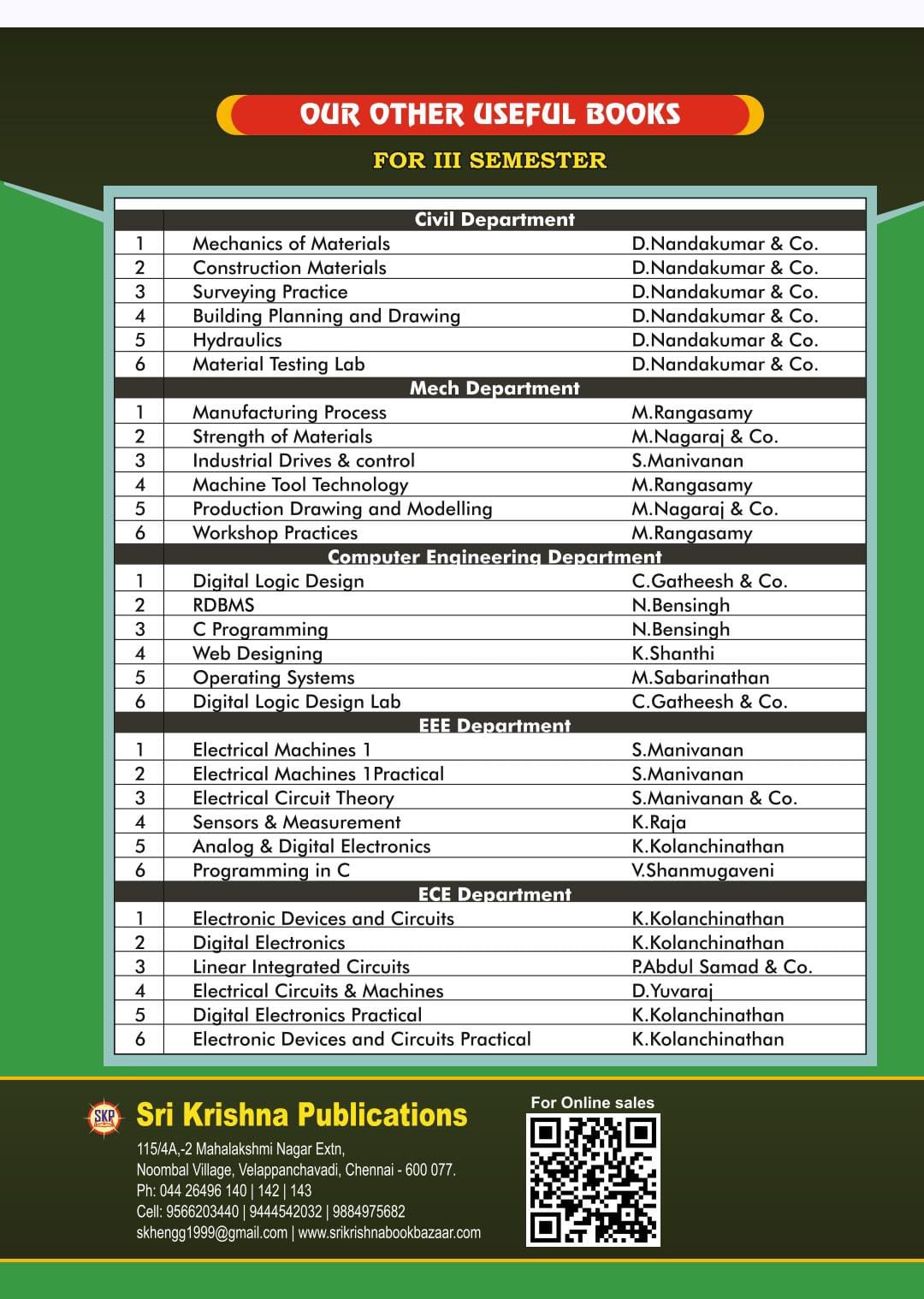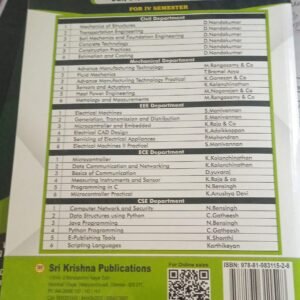Unit I BASIC ELECTRICAL CIRCUITS
Ohm’s law, Kirchhoff’s Current Law, and Kirchhoff’s Voltage Law,
Equivalent Resistance of Resistors Connected in Series and ParallelVoltage Division Rule – Current Division Rule for two Branch Parallel
Resistive Network – Mesh Analysis and Node Analysis.
3
Ex.No Name of the Experiment
1 Construct a Resistive Network to Verify Kirchhoff’s Voltage
Law.
6
2 Construct a Resistive Network to Verify Kirchhoff’sCurrent
Law.
Unit II NETWORK THEOREMS
Thevenin’s Theorem – Superposition Theorem – Maximum Power
Transfer Theorem – Simple Problems.
3
Ex.No Name of the Experiment
3
Construct a Resistive Network to Verify the Superposition
Theorem. 6
4
Construct a Resistive Network to Verify Thevenin’s Theorem.
Unit III AC CIRCUITS
Sinusoidal AC voltage Characteristics, AC Response of Basic Resistance,
Inductance, and Capacitance – Definition for Impedance, Reactance,
Admittance and Power Factor.
3
Ex.No Name of the Experiment
5
Analysis of the sinusoidal waveform (Measurement of Peak
Voltage, Time Period, Frequency and Phase difference
between two waveforms) 6
6
Analysis of the AC Response to sinusoidal inputs across R, L,
and C.
Unit IV RESONANCE IN RLC CIRCUITS
Series Resonance Circuit – Parallel Resonance Circuit – Condition for
Resonance, Quality Factor (Q), Band Width, Resonance Frequency and
Frequency Response Curve.
3
Ex.No Name of the Experiment
7 Construct and test the performance of Series Resonant
Circuit and obtain the Resonance Frequency.
6
8 Construct and test the performance of parallel resonant
circuit and obtain the Resonance frequency.
Unit V ELECTRICAL MACHINES
Working Principle of DC Generator and DC Motor – Transformer –
Applications of Transformer-Specifications of Transformer, Single Phase
Induction Motor.
3
Ex.No Name of the Experiment
9 Measure the output voltage in step up / step down
Transformer.
10 Case study: Study the performance of Single-Phase 6
Induction Motor



















Reviews
There are no reviews yet.